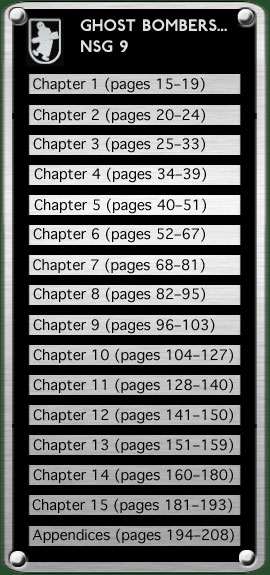Feldwebel Werner Hensel (Page 68)
|
Commenting on the suggestion in Ghost Bombers that he may have been shot down by a night fighter:
I was shot down by a salvo from four Flak guns at 3500 m., on 3 August 1944. The shells exploded at the same altitude and to the right rear. When I bailed out I had two holes in my parachute.
Shaking his head, Hensel recalled that his Bordfunker, Uffz. Heinrich Laufenberg, who died in the crashed Ju 87 had previously flown with the Staffelkapitän. After about half a dozen missions with Hensel he had remarked that “You’re such a good pilot, we’ll survive the war.”
New sources: note from Werner Hensel dated 7 March 2002; conversations between Hensel, Alfons Eck, Willy Ferling and NB during the NSG 9 Treffen in Bischofshofen, Austria, May 2002).
|
|
Oberfeldwebel Hans Wolfsen and Gefr. Hans Wilk, 2/3 August 1944 (Page 71)
|
Wolfsen and Wilk were posted missing from a mission to Livorno on the night of 2/3 August 1944. In May 2016, Italian investigators discovered the wreckage of their aircraft, in the Dolo River valley, the nearest village being Civago(RE), close to the provincial border with Tuscany.
In August 2016 a witness was able to point out where he and other villagers buried the remains of the crew, to avoid reprisal from a german army unit fighting partisans in the area. Parts of the cockpit were found, along with human remains which were removed by the autorities, pending further excavation by an official recovery party. The Carabinieri and Military Judge have also been alerted.
New sources: information kindly supplied by Michele Becchi.
|
|
Unteroffizier Herbert Fietz & Feldwebel Karl Razinski (Page 71)
|
In a letter to Hans Nawroth 44 years after the event, Herbert Fietz described how his Luftwaffe career ended:
The war was over for me on the night of 3/4 August 1944... On my last flight... I had to look on in horror as a machine ahead of me was hit and exploded. I suspect it was Helmut Krüger and Günter Tschirch. In the low level attack on a bridge near Arezzo that followed, we received Flak hits. We lost fuel and cooling water too, probably. I tried to get back behind the front line but the engine broke down in the climb over the last mountain ridge. there was nothing left for me to do but set the machine down on the mountainside.
When I woke up, I established that I was lying about 20-30m down from the partially destroyed Ju 87. My wireless operator was still sitting squeezed into his seat but not showing any sign of life. It was impossible for me to give him any aid. Amongst other things I couldn’t walk because both my legs (shin bones) were broken as it turned out later on in the field hospital. Also there was no one to be seen or heard. So I decided to slide down the mountain into the valley, to get help.
This brief excursion — on my back, head first — lasted two days. On 5 August 1944, I found a solitary house with people. On 6 August, they brought me to Ivennen[?]. They handed me over to the English Army. First an ambulance took me to a field hospital by Lago di Trasimeno. Two days later, I was flown to Caserta in a transport aircraft.
I lay in No. 2 General Hospital until February 1945. after that I went to the Prisoner of War Camp in Taranto. In this camp I met Kaspar Stuba [sic: see page 108] He told me that my Wireless Operator had been rescued. I was really fortunate there because I had tried to find out something about Karl Heinz Razinski via a representative of the Swiss Red Cross but at Christmas 1944 [he] came to the hospital again and was unable to give me any information about R.
At the beginning of April 1945, I came to a prisoner of war camp — Camp 307 — on the Great Bitter Lake in Egypt. I never saw Kaspar Stuba [Stuber] again. I was released in Munsterlager on 22 June 1948.
... In 1966 I found out Heinz R’s address. After a telephone conversation, we had a joyous reunion.
Fietz does not mention being interrogated by Allied Intelligence. Perhaps this was because by the time he emerged from hospital, any information he might have given would have been too out of date to be of interest. Certainly, no interrogation report on him has come to light so far.
Acknowledgement: Christian Möller for his assistance in obtaining this material.
|
As Fietz says, his Bordfunker, despite serious injuries, also survived the crash but was rescued by his own side.
On 9 August, 15. Panzer Grenadier Division signalled to Luftlotte 2 that a Ju 87 hit by Flak a few days previously over Arezzo had crashed and been found in "area LT 1" (between Arezzo and Florence). The aircraft's occupant, Razinski of 1./NSG 9, was in critical condition and had been taken to Feldlazarett (Field Hospital) 200 in Forli.

|

